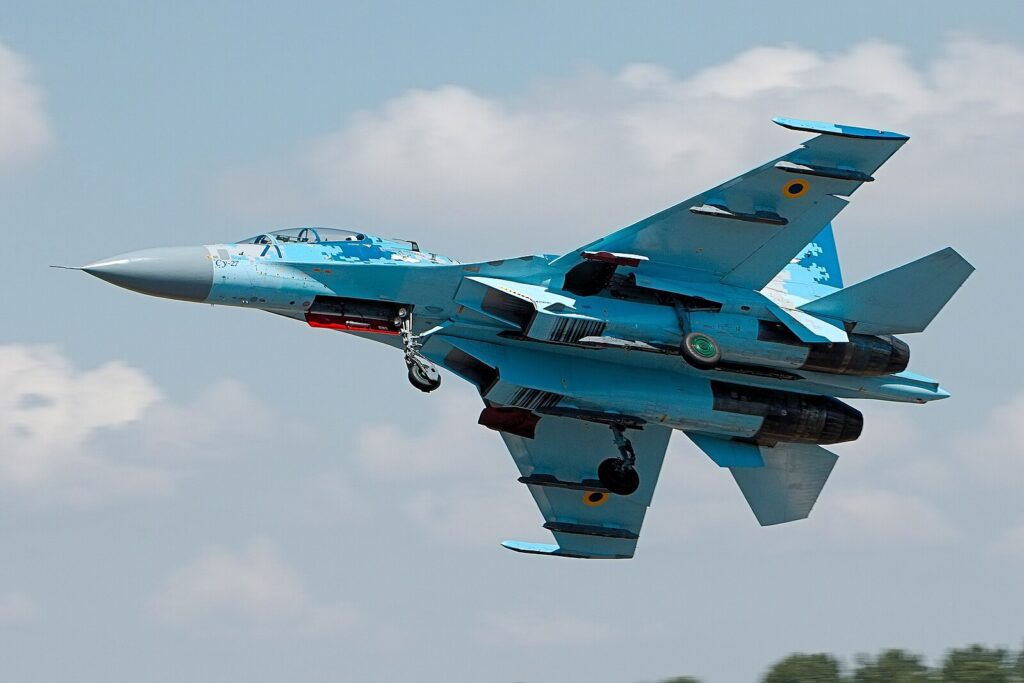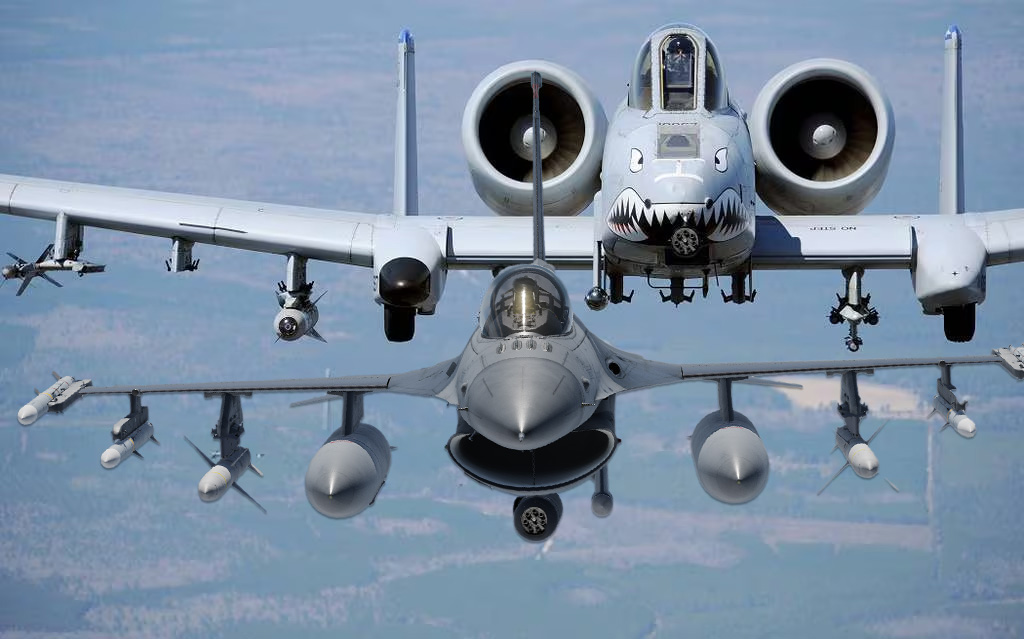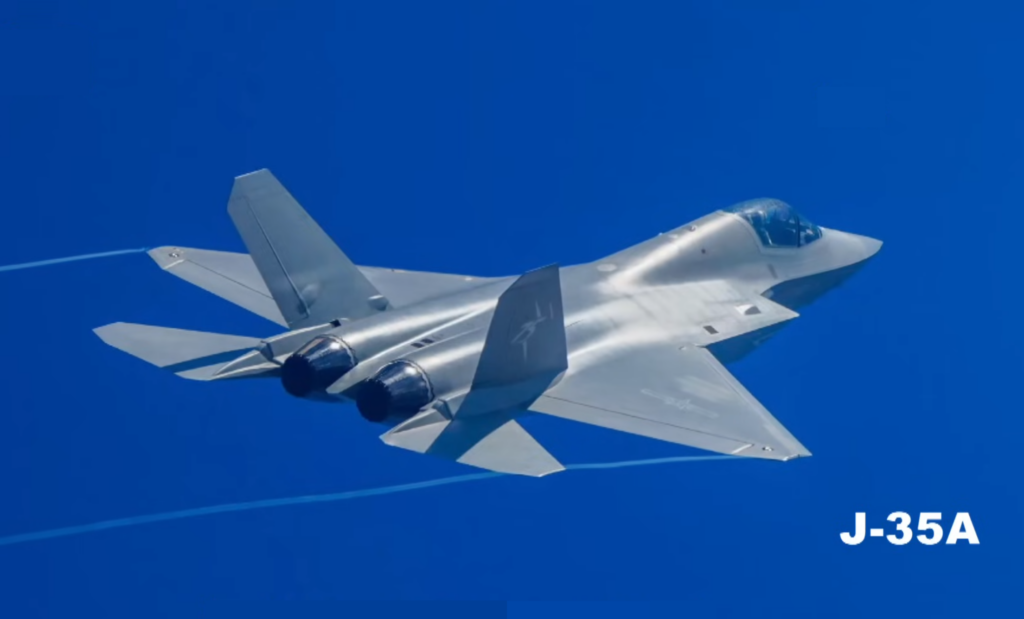Is concern over the Pentagon’s recent report on China justified?
- By Steve Balestrieri
Share This Article

The United States, our NATO allies, and partner nations in the Pacific are ringing the alarm bells over the Pentagon’s China Military Power Report released on November 29. But should they be overly concerned? In some instances, yes, but in many others… no.
According to the report, the People’s Republic of China is “the most consequential and systemic challenge to [U.S.] national security and to a free and open international system.”
At a news conference on Wednesday, after meeting with the foreign ministers from NATO, U.S. Secretary of State Antony Blinken said, “The members of our alliance remain concerned by the PRC’s (People’s Republic of China) coercive policies, by its use of disinformation, by its rapid, opaque military buildup, including its cooperation with Russia,”
“But we also remain committed to maintaining a constructive dialogue with China wherever we can, and we welcome opportunities to work together on common challenges,” Blinken added.
A joint Chinese-Russian bomber flight

Secretary Blinken’s comments about China’s relationship with Russia came after a joint eight-hour patrol by Russian Tu-95 “Bear” and Chinese H-6K long-range strategic bombers over the Sea of Japan and the East China Sea. Both Japanese and Korean fighters scrambled jets in response.
The Chinese and Russian bombers landed at each other’s airfields in a show of friendship.
The Russian Defense Ministry later released a statement saying that the joint flight didn’t violate any international boundaries. China also released a statement characterizing the flight as a “routine” annual training flight.
Just weeks before Russia’s invasion of Ukraine, Russian President Vladimir Putin and Chinese President Xi Jinping signed a “friendship agreement” that deepened ties between the two countries on a range of issues, including on defense and trade. According to the two countries, the agreement marked a “new era” of partnership in which cooperation would have “no limits.”
Beijing has been trying to balance its relationship with Moscow and the rest of the world: It has not sold any weapons for the war to Moscow but has blamed Washington for forcing the Russian government’s hand in Ukraine.
Related: F-35s encountered China’s J-20: Here’s what the Air Force said about it
China’s power is growing but still has a long way to go

China’s sea power should not be trivialized.
“China has the largest navy in the world with a battle force of approximately 355 platforms, including major surface combatants, submarines, aircraft carriers, ocean-going amphibious ships, mine warfare ships, and fleet auxiliaries,” the Pentagon wrote in its report.
The Chinese Navy is expected to grow to 420 ships by 2025 and to 460 ships by 2030.
A key part of the report had to do with the Chinese advances in nuclear weapons. The Pentagon stated that China currently has about 400 nuclear warheads. That number could grow to 1,500 nuclear warheads by 2035 if China continues at its current pace of manufacturing.
By comparison, the U.S. has 5,400 warheads, with 1,550 of them forward deployed on submarines, bombers, and long-range missiles, which are sufficient for deterrence.
Further, Beijing’s overseas ambitions are of concern to Washington. In 2017, in the strategically located Djibouti, the Chinese navy opened its first overseas base south of Djibouti City; China’s base is located close to the U.S.’s Camp Lemonnier. The country is also planning to construct logistical hubs on Africa’s west coast.

On the other hand, the U.S.’s overseas footprint consists of 750 bases and roughly 200,000 personnel. America’s close ally and partner, Great Britain has 145 bases.
Although China is trying to project power abroad, it is mainly doing so, with the exception of Taiwan, through economic means, primarily through its Belt and Road Initiative. Yet, many developing countries are increasingly concerned about China’s predatory lending practices.
The U.S. should not look at China strictly through a military lens. As William Hartung pointed out in Defense One, countering China’s ambition will take military, economic, and political power.
Steve Balestrieri is a proven military analyst. He served as a US Army Special Forces NCO and Warrant Officer in the 7th Special Forces Group. In addition to writing for Sandboxx.com, he has written for 19fortyfive.com and SOFREP.com; he has covered the NFL for PatsFans.com for over 11 years. His work was regularly featured in the Millbury-Sutton Chronicle and Grafton News newspapers in Massachusetts.
Feature Image: Secretary of Defense Lloyd J. Austin III greets Chinese Defense Minister Gen. Wei Fenghe at the Shangri-La Dialogue in Singapore, June 10, 2022. (Photo by Chad McNeeley/DoD)
Read more from Sandboxx News
- China’s military buildup in the Spratly Islands sparks fears of military confrontation
- The King is dead: Why would America want to retire the F-22?
- Taiwan has big plans for its missiles if China were to invade
- Is TikTok spying on you and sending your information to China?
- How Ukrainian soldiers are using drones to fight Russians on the ground
Related Posts
Sandboxx News Merch
-

A-10 ‘Thunderbolt Power’ Poster
$22.00 – $28.00 Select options This product has multiple variants. The options may be chosen on the product page -

F-35 ‘Lightning’ Poster
$22.00 – $28.00 Select options This product has multiple variants. The options may be chosen on the product page -

F-35 ‘Evolution’ Poster
$22.00 – $28.00 Select options This product has multiple variants. The options may be chosen on the product page
Steve Balestrieri
Related to: Military Affairs

Where do NATO reporting names come from?

How US Special Forces took on Wagner Group mercenaries in an intense 4-hour battle

F-16s carrying the A-10’s 30mm cannon actually saw combat

How does China’s new J-35 stealth fighter compare to America’s F-35?
Sandboxx News
-

‘Sandboxx News’ Trucker Cap
$27.00 Select options This product has multiple variants. The options may be chosen on the product page -

‘AirPower’ Classic Hoodie
$46.00 – $48.00 Select options This product has multiple variants. The options may be chosen on the product page -

‘AirPower’ Golf Rope Hat
$31.00 Select options This product has multiple variants. The options may be chosen on the product page -

‘Sandboxx News’ Dad Hat
$27.00 Select options This product has multiple variants. The options may be chosen on the product page
